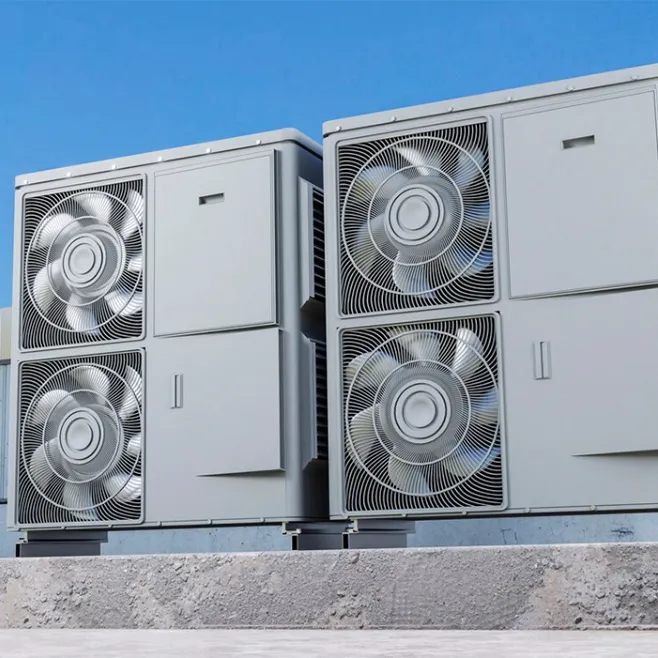Cooling systems are devices that can reduce the temperature of an environment or a substance to a desired level. These devices are widely used in homes, offices, commercial, and industrial facilities. Coolant systems play a significant role in the storage of foods, air conditioning, industrial processes, and medical applications.
Cooling systems can be produced in various sizes and models according to the needs of the area they will be used in. These devices, which work with methods such as thermodynamics, fluid mechanics, and heat transfer, move heat from one point to another. Thus, the temperature of the environment or substance can be reduced and maintained at the desired level.
What Are Cooling Systems?
Coolant systems are technologies used to control the ambient temperature and maintain it within a specific temperature range. These systems have a wide range of uses. These mechanisms work by transferring heat from one point to another, typically through the cyclical movement of a coolant.
In the industrial cooling process, these systems are vital in providing the necessary temperature conditions for the storage and processing of products. Cooling towers are an important part of industrial coolant systems and are usually used to meet large-scale cooling needs. These towers lower the temperature of the cooling water by discharging heat into the atmosphere through evaporation.
Ventilation systems, as part of coolant systems, are used to improve the air quality of indoor spaces and make the environment more comfortable. These systems undertake the functions of providing fresh air and expelling dirty air indoors.
Cooling and air conditioning systems offer additional benefits such as reducing temperature and keeping the environment cool, as well as controlling humidity and improving air quality. These systems make our living spaces, work environments, and production facilities more comfortable, healthy, and efficient.
How Does the Cooling Process Work?
The working principle of coolant systems is based on the phase change of the coolant within a cycle. The coolant heats up when compressed by the compressor and then releases heat outside as it condenses in the condenser. During this process, the temperature of the coolant drops, and after its pressure is reduced through an expansion valve, it evaporates in the evaporator, absorbing heat from its surroundings.
The cooling process occurs through the thermodynamic cycle of a coolant. This cycle allows the coolant to change from liquid to gas and then back to liquid through various components such as the compressor, condenser, expansion valve, and evaporator.
How Many Types of Coolant Systems Are There?
Compressor-Based Coolant Systems: These systems use a compressor to increase the pressure and temperature of the coolant. The coolant releases heat outside with the help of a condenser and then lowers its pressure through an expansion valve. During this process, the coolant evaporates and absorbs heat from its surroundings, creating a cooling effect.

Evaporative Coolant Systems (Swamp Coolers): These systems use the cooling effect of evaporation resulting from direct contact between air and water vapor. Air passes over a wet pad or media, and as the water evaporates, it cools the air.
Thermoelectric Cooling: Also known as the Peltier effect, this method creates a heat transfer when electric current passes through a semiconductor material. With this method, one surface heats up while the other cools down. This technology is typically used in small cooling applications.
Absorption Coolant Systems: These systems use water as a coolant and operate with a heat source (usually steam, hot water, or combustion gases). These systems absorb evaporated water using an absorbent and then condense this vapor to provide cooling.
Investing in coolant systems, especially for industrial processes, will increase production efficiency in the long term by making the work environment more comfortable and preserving product quality.
